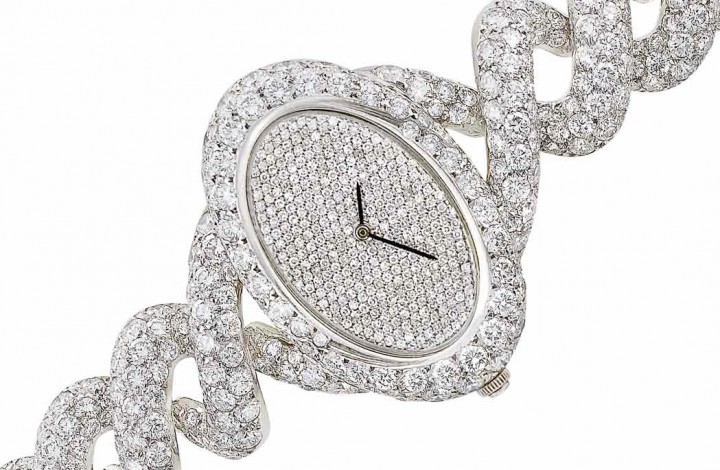Several factors come into play when you decide to sell jewelry. Some of them are out of your control, including the fluctuations of the buying market when you decide to part with your item.
A friend of mine recently decided to sell some of her valuable jewelry — signed designer earrings – and we discussed whether she should go to go to a dealer or an auction house. She showed the earrings to several representatives of both and finally went to auction.
She was very happy because the amount the piece sold for was about three times higher than what she had been offered by the dealers she showed it to. She is planning to put more of her jewelry up for auction in a few months, but as she knows, no one can predict what it will sell for. It will depend in large part on the price of similar pieces that hit the market at the same time and, perhaps, how many there are.
Although it’s impossible to predict sale prices, there are things to think about when approaching either a dealer or an auction house.
A dealer will offer a price that you can accept or perhaps use as a baseline when you shop the piece to another dealer. It will be less than the price the dealer will sell it for. Auction houses contend they are able to earn higher prices for their sellers because they create competition that eventually reveals the fair market value.
On the other hand, there are additional costs associated with an auction, where the seller will pay the equivalent of 25 percent to 50 percent of the gross proceeds to cover commission, insurance and various other charges, including, perhaps, the cost of artwork to illustrate the item in a catalog.
The best way to get an idea of a fair price is to take your jewelry to an appraiser before you sell, which will tell you how much to expect if you were to sell it directly to a private buyer. Although you will pay for the appraisal, it will help you decide how much you are willing to accept, whether you work with a dealer or an auction house.

